Search this site ...
Contemporary African
Sculpture
Contemporary African sculpture is many things to many artists on the continent.. raw and earthbound using natural or found materials like wood, stone, ceramics, wire, fibre or beautifully stylized or abstracted using plaster, metal, aluminum, marble, bronze, steel, chrome and resin.
Sculpture as a form of art can be a widely embracing vision.. a way of seeing, experiencing and reflecting life. It can tell a story and assume a place in history. It can also be seen as an extension of the human spirit, managing to endure and at the same time, challenge society's values and norms.
Subject matter for contemporary African sculpture can be figurative, abstracted, symbolic, spiritual, inspired by nature or by traditions as much as by the urban realities of living in modern Africa.
Seen opposite is a statue by the Nigerian artist Ben Enwonwu called 'Atlas'... a common Western portrayal but here embodying Africa, holding up and sustaining the world.
And above is a recent sculpture by another African modernist, Ebrahim Al Salahi representing the Tree of Life or 'Meditation' tree, executed in darkly stained wood.
Inspired by a tree called Haraz from his homeland Sudan, it represents not only a link between heaven and earth but is a self-portait and metaphor for artistic and personal growth.
Another renowned father-figure of contemporary African art is El Anatsui from Ghana who creates large, installation sculptural pieces from bottle tops and cans and anything else he can salvage. As well as producing these monumental tapestry works he has sculpted with wood as a media for quite some decades.
Depicted here is one of his most simply carved, figural pieces integrated with a base of textured and decorated found wood.
Elkana Ongesa comes from a long line of sculptors from Tabaka, a community in Kisii, Kenya who have been said to have been involved with soapstone carving for 300 years.
Ongesa in his practice has been commissioned to make many public and private sculptures. He has also been very involved with mentoring students, all the while being committed to developing an artistic community in his hometown of Kisii which culminated in the internationally supported African Stones Talk Symposium, held in 2011 and supported by UNESCO.
Stella Shawzin was born in SA in 1920 and lived to be 100.
Best known for her gravity-defying sculptures of figures cast in bronze or molded from marble, she also sculpted in wood and metal. She produced at any scale.. life-size, balancing figures in bronze, large reclining figures in marble or tender depictions of the female form that can be held in the palm of one's hand.
A signature element of her work is that her humans are featureless. In this way there is little distraction from the form of the piece and the faceless figure is a symbol of the universality of the human condition.
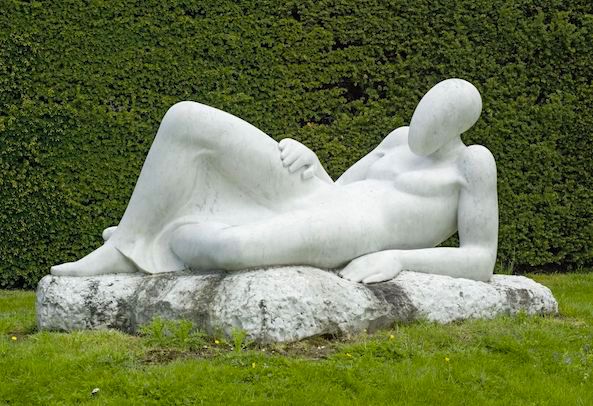 Stella Shawzin, 'Reclining Woman', marble
Stella Shawzin, 'Reclining Woman', marble"South Africa's complex society has been my inspiration".
Recycled and reconstituted materials are masterfully used and re-invented by many creative artists on the continent... see Contemporary African Recycled Art
For the history of African Sculpture see this page and for an insight into South African Rural Sculpture go here.
Contemporary African Sculptors
Listed below are major African artists who have impacted the world of sculpture... many are still practicing today having had long, celebrated and illustrious careers.
- Edoardo Villa, SA (1915-2011)
- Ben Enwonwu, Nigeria, (1917 - 1994)
- Stella Shawzin, SA (1920 - 2020)
- Ibrahim El Salahi, Sudan b 1930
- Sydney Kumalo, SA (1935 - 1988)
- Francis Nnnggenda, Uganda, b 1936
- Arthur Azvedo, Zimbabwe b 1935
- Ousmane Sow, Senegal (1935 - 2016)
- Percy Konqobe, SA b 1939
- Sunday Jack Akpan, Nigeria b 1940
- El Anatsui, Ghana b 1944
- Elkana Ongesa, Kenya b 1944
- Wilma Cruise, SA b 1945
- Norman Catherine, SA b 1949
- Anton Momberg, b 1951
- Anton Smit, SA b 1954
- William Kentridge, SA b 1955
- Willie Bester, SA b 1956
- Tapfuma Gutsa, Zimbabwe b 1956
- Deborah Bell, SA b 1957
- Sokhari Douglas Camp, Nigeria b 1958
- Guy Pierre du Toit, Sa b 1958
- Speelman Makose Mahlangu, SA (1958 - 2004)
- Olu Amoda, Nigeria b 1959
- Brett Murray, SA b 1961
- Jems Koko Bi, Cote D'Ivoire b 1966
- Adeola Balogun, Nigeria b 1966
- Angus Taylor, SA b 1970
- Mamady Seydi, Senegal b 1970
- Marco Ciafenelli, SA b 1970
- Wangechi Mutu, Kenya b 1972
- Claudette Schreuders, SA b 1973
- Sanell Aggenbach, SA b 1975
- Peju Alatise, Nigeria b 1975
- Michelle Mathison, SA/Zimbabwe b 1977
- Niyi Olagunju, Nigeria b 1981
- Dylan Lewis, SA b 1982
- Mary Sibande, SA b 1982
- Lionel Smit, SA b 1982
- Nandipha Mntambo, Swaziland b 1982
Edoardo Villa (1915 - 2011)
Edoardo Villa was born in Italy in 1915 and died in South Africa in 2011.
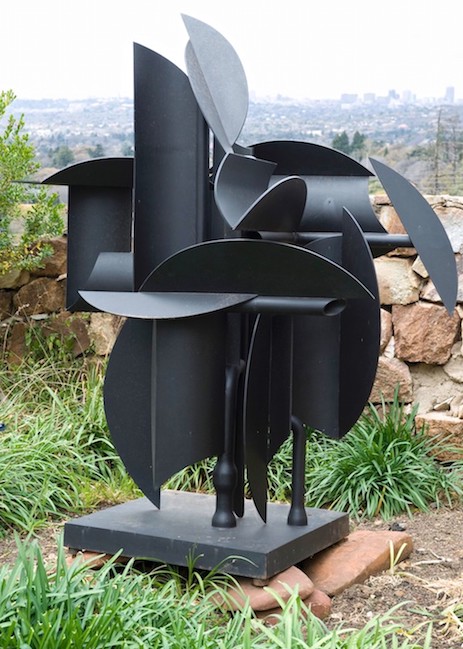
Without question SA's most prolific sculptor, he arrived in the country as a prisoner of war in 1942. After his release he made Johannesburg his permanent home.
His work was routinely chosen to represent SA in international exhibitions during the 1950s and 60s and is widely represented in numerous important public and private collections in SA and around the world. At the time of his death he had produced over 1000 works.
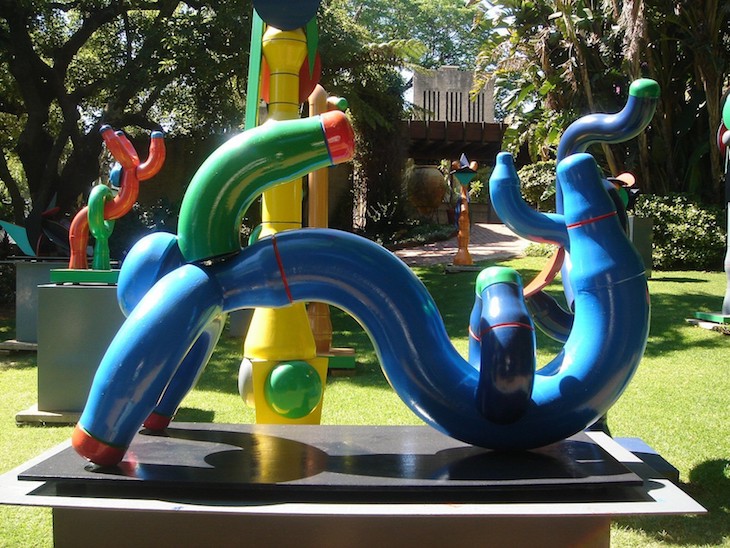 'Blue Reclining Form', Edoardo Villa
'Blue Reclining Form', Edoardo VillaHe was a pioneering figure, introducing materials and bold forms never used before and he produced well into his old age, including many public commissions. Bronze and steel were his favorite media, sometimes painted with bright color, sometimes left black or in their original state.
Wangechi Mutu
One of Kenya's most prominent artists is the talented and multi-disciplined painter and sculptor, Wangechi Mutu.
Currently based in New York she has recently been commissioned by the Metropolitan Museum to produce 4 bronze statues for the niches of the Museum's front facade.
Collectively titled "The New Ones, will free Us" the seated women are nearly 7ft tall and reference the West African and Greek tradition of caryatids. The monumental figures are one example of her work that challenges colonialist, racist and sexist ideologies.
Her sculptural forms are created with a variety of media; she is comfortable with bronze as much as she is with natural materials found in Kenya... such as gems, clay, wood, charcoal, bones, cowrie shells and horn.
She has a profound respect and fascination for the ties between nature, the feminine and African history and culture.
Angus Taylor
Born in Johannesburg, SA in 1970, the contemporary artist Angus Taylor is best known for his powerful, monumental sculptural works often seen in natural surroundings, the result of public (local and national government) or private sector commissions.
Often more than life-size, they are constructed from materials taken from his immediate surroundings.. granite, red jasper and orange earth. With his use of scale either large or small, his sculptures transmit an acute awareness of our vulnerability and temporality.
Taylor is an artist who is constantly exploring and exhausting the possibilities of his media. With a relentless and enquiring mind, he continually pushes the boundaries of using both bronze and stone.
A feature of his work is that his pieces allude to the heroism of the common person.
Mary Sibande
Mary Sibande was born in Barberton, SA in 1982 and currently lives in Johannesburg where she practices her art in the form of sculpture and photography. Her critically acclaimed work has been represented in most major art institutions the world over and widely collected.
With her avatar character Sophie, seen here on her horse in the iconic sculpture 'The Reign', Sibande aims to confront the power relationships of women in SA, especially regarding race and societal hierarchy. First introduced to the public in 2009, Sophie is a testament to all the domestic workers who have existed in SA... through Sibande's vivid imagination, Sophie is set free and transformed to be whatever she desires.
Color is used symbolically in the artist's work. With Sophie she transitions from blue to green to purple to red, introducing us to the many faces of herself and her alter-ego.
Using fibre-glass, resin, steel and fabric Sibande constructs forceful and arresting sculptures that stop us in our tracks, forcing us to examine the issues of gender, race, class and power in post-apartheid South Africa that she presents to her viewers.
William Kentridge
This megastar of contemporary African art practices the art of sculpture along with a myriad other things in his repertoire. Born in 1955 in SA, William Kentridge has a cross fertilisation of mediums and genres.
His sculptures themselves are hugely variable, on one hand they are randomly constructed planes of metal that appear abstract but then unexpectedly align, snapping into a whole. Others are small and detailed.. everyday objects and off the cuff ideas translated into 3-dimensional form and executed in bronze.
Sanell Aggenbach
Sanell Aggenbach was born in 1975 in Cape Town where she still resides and works. A sculptor and painter, her work is original and deeply clever. She introduces a quiet humor into her work but also a tenderness. Parodying Western greats like Michalengelo, Henry Moore, Warhol, Pierneef and others, she re-presents her sculptures in a witty and slightly ironic manner.
Madre Pieta is a 2m high sculpture of 2 rabbits in the classic pose made famous by Michalengelo. Presented in a stylized form with our eyes or mouths, their muteness is striking, the effect is one of silent love... and loss.
In the piece above, she takes a refreshing look at Japanese flower arranging. Produced in bronze with her own interpretation, they also have an appealing and underlying humor.
Deborah Bell
This extremely talented artist is a painter, graphic artist (dry point etchings) and a sculptor. Deborah Bell was born in 1957 in Johannesburg, SA and today her eminently recognizable art is produced in her studio in the Magaliesburg and at David Krut Workshops.
She is fascinated by ancient civilizations and their excavated artifacts, often incorporating totemic images into her sculptural pieces. They are still and silent, imbued with a spiritual and ritual function they command a presence.
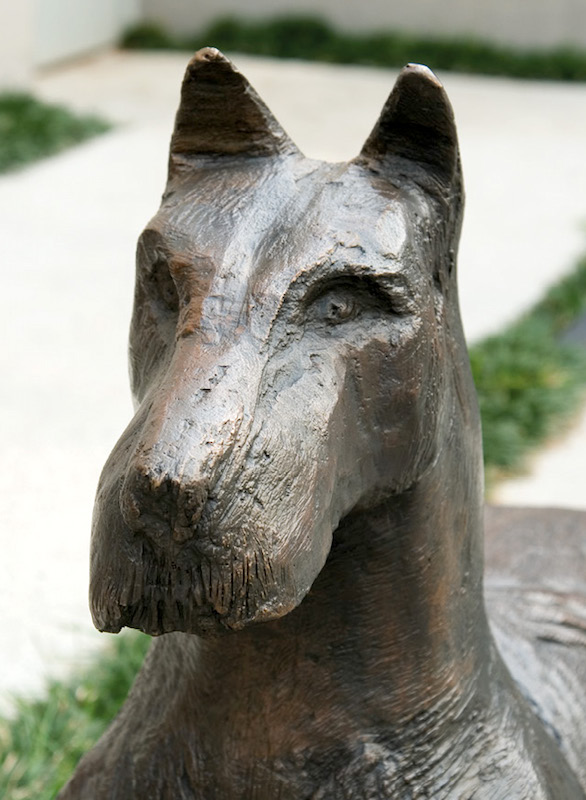
In her recent work, human figures on a journey are accompanied by animal and mythical beasts like lions and dogs, wolves and horses. Transportation is by way of boat and chariots.
The intense and brooding "Return of the Gods" is a compilation of 5 larger-than-life sculptures each with a smaller figure protruding from their heads. This piece is particularly powerful as when one walks into the space surrounding each figure a noise is activated, each a different and resonating sound so that a whole, overwhelming experience is observed.
"The creative act is actually a means of bringing something into the world - of summoning something." Deborah Bell
Niyi Olagunju
Born in 1981 in Sagamu, Nigeria and currently living between Lagos and the UK, this contemporary African artist uses appropriated wooden carvings from Africa to form the base of his sculptural pieces. Olagunju reworks them by covering them in brightly colored chrome or silver and gold metals, creating something that is immediately arresting, new and exciting.
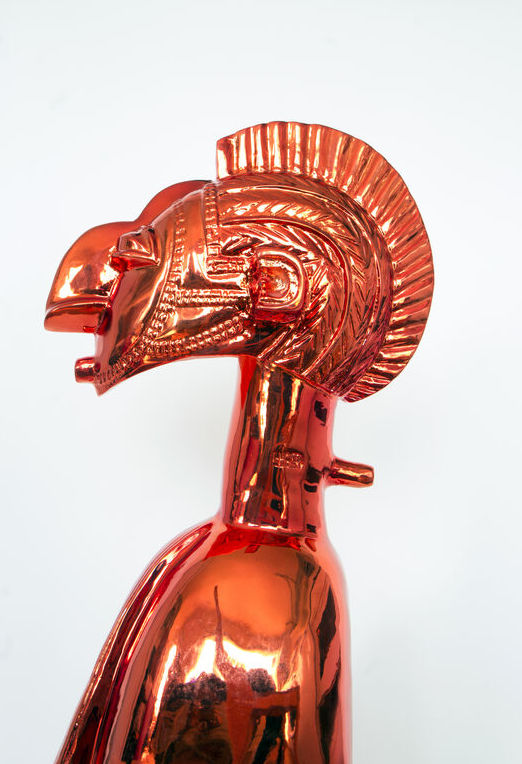 'Baga Nimba' orange chrome, Olagunju
'Baga Nimba' orange chrome, OlagunjuThe original wooden sculptures are split vertically before being coated in metal. the artist's use of semi-precious and precious metals relate to the exploitation of natural resources in Africa and the subsequent effects on communities and their cultural legacies.
Nandipha Mntambo
This extraordinary and uniquely talented sculptor was born in 1982 in Mbabane, Swaziland.
She attained her Masters from Michaelis School of Fine Art, Cape Town and currently lives in Johannesburg. Her work addresses ongoing debates round traditional gender roles and identity.
Working in sculpture, installation and photography she explores the boundaries between life and death, male and female, attraction and repulsion.
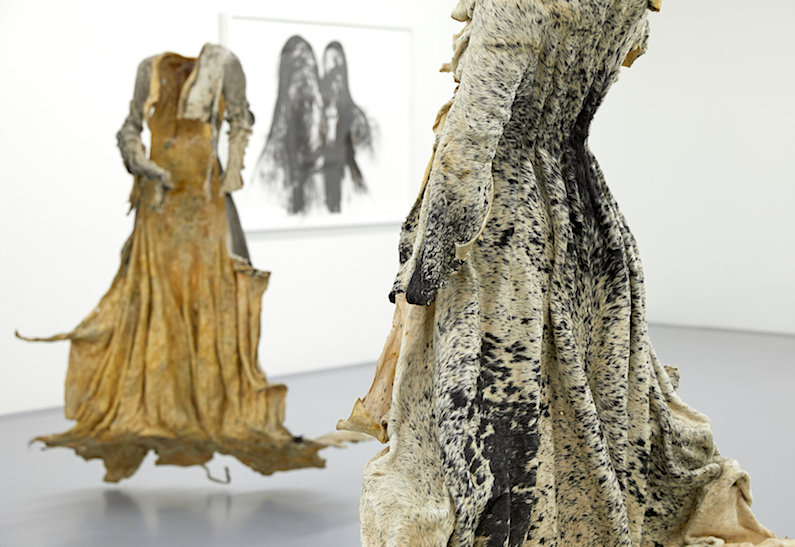 Nandipha Mntambo, 'Skin Sculpture', hide
Nandipha Mntambo, 'Skin Sculpture', hideShe is best known for her figurative cowhide sculptures as seen here... but after her first child was born, she gave up an extremely demanding media.
Most recently for a exhibition with Everard Read Gallery, Johannesburg, she has created sculptures in bronze inspired by an army of women, Agoodjie, who were both feared and celebrated. They relate to each other but can also stand alone.
PUBLIC SCULPTURES
Arguably the most iconic and well-known sculpture in SA, this clever and striking portrait of Nelson Mandela is to be found on the road to Howick, Natal. Created by Marco Cianfanelli and cast in steel, it commands its place in the landscape, a fitting tribute to an iconic man.
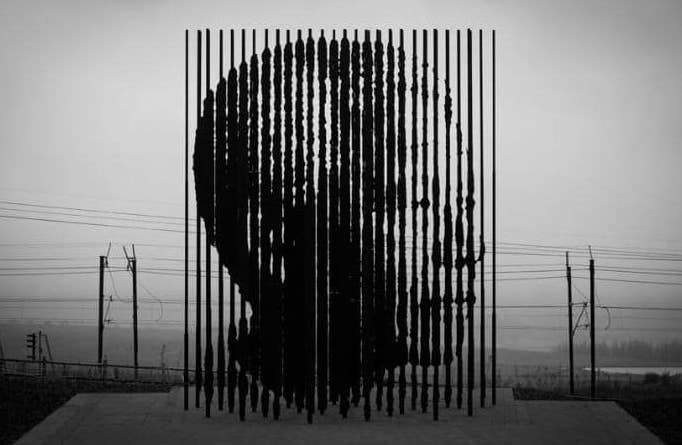 'Mandela', Marco Cianfanelli, 2012
'Mandela', Marco Cianfanelli, 201250 steel columns rising 30ft in the air represent the 50 years since Mandela's capture at this site. To the passerby it appears as an array of thorny rods but when seen at the proper angle, the contours of Mandela's face are shown before disappearing again into abstraction... a very clever illusion.
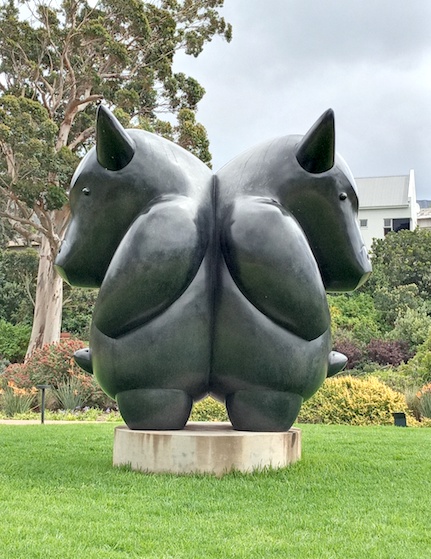 Brett Murray, Norval Foundation, CT
Brett Murray, Norval Foundation, CTDylan Lewis
Dylan Lewis is a world renowned sculptor who has a studio base in Simonstown in the Cape. He has a dedicated sculpture garden in Stellenbosch which showcases his work both large and small. The sculptures seem hewn from the very rock of the landscape beyond.
For this acclaimed artist, nature is a place that connects him to his "authentic, untamed inner nature".
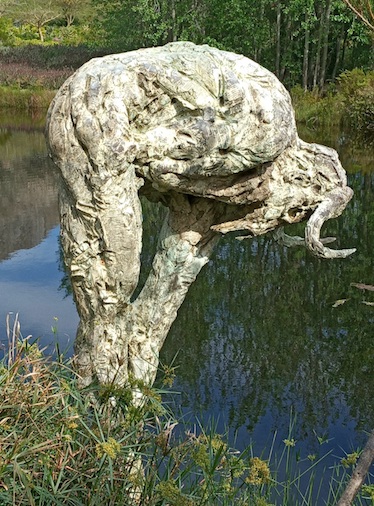 Shaminic figure, Dylan Lewis, bronze
Shaminic figure, Dylan Lewis, bronzeBorn in 1964 into a family of generations of artists, he has continued the family's artistic tradition. Initially a painter, he then turned to sculpture, specializing in sculpting animal form, especially the big cats.
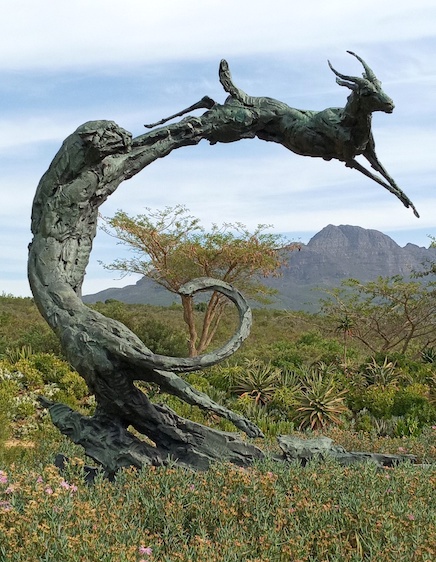 Leopard and antelope in flight, bronze
Leopard and antelope in flight, bronzeMore recently he has turned to human figures as way of exploring man's relationship with nature and his inner wilderness. Lewis can work at any scale from massive to tiny, all showing a combination of brutal sculptural form and a great sensitivity of observation.
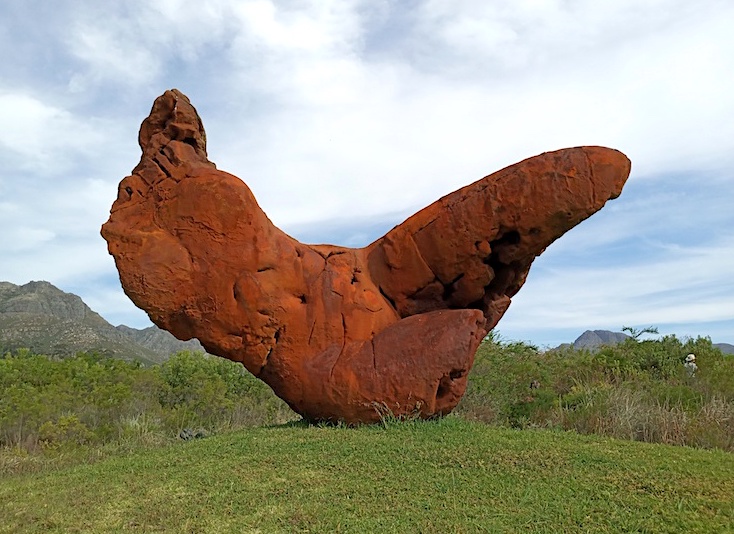 Female Torso, acrylic plaster with iron oxide
Female Torso, acrylic plaster with iron oxideLewis always starts a project with a myriad drawings exquisitely rendered in charcoal, pen and ink.
Shona Stone Sculptors
Shona Sculpture is the name given to a modern movement of stone carved sculpture created by 'Shonas' which is a loose term for a mixture of many Zimbabwean tribes with closely related culture and language.
The movement gathered strength in the 1960's with the 'First Generation' sculptors gaining international recognition and admiration.
First Generation Zimbabwean Sculptors
- Fanizani Akuda (1932 - 2011)
- Joram Mariga (1927 - 2000)
- Moses Masaya (1947 - 1996)
- Bernard Matemera (1946 - 2002)
- Boira Mteki (1946 - 1991)
- Sylvester Mubayi b 1942
- Henry Mukarobgwa
- Thomas Mukarobgwa (1924 - 1999)
- Nicholas Mukomberanwa (1940 - 2002)
- Henry Munyarardzi (1931 - 1998)
- Joseph Ndandarika
- Bernard Takawira (1948 - 1997)
- John Takawira (1938 - 1989)
The 2nd and 3rd wave of generational sculptors have carried on their traditions but have also broken many boundaries. These artists will be dealt with on their own page as well as a more in-depth look at the history of Shona Sculpture.
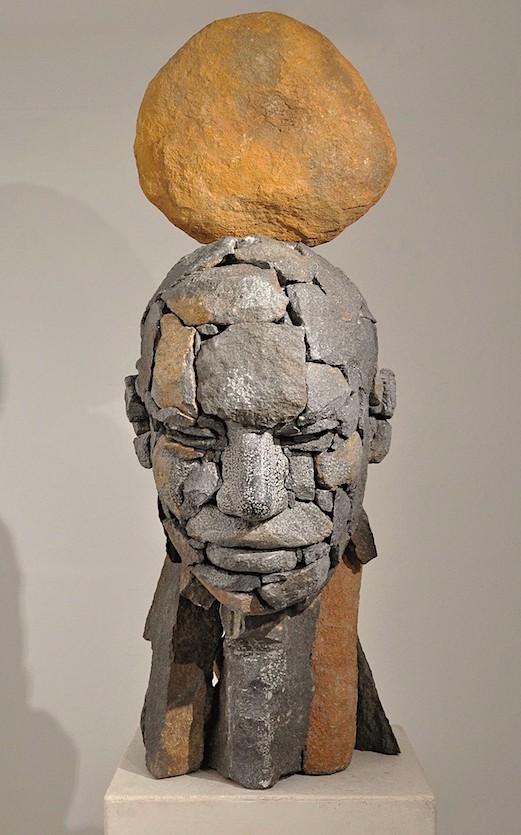
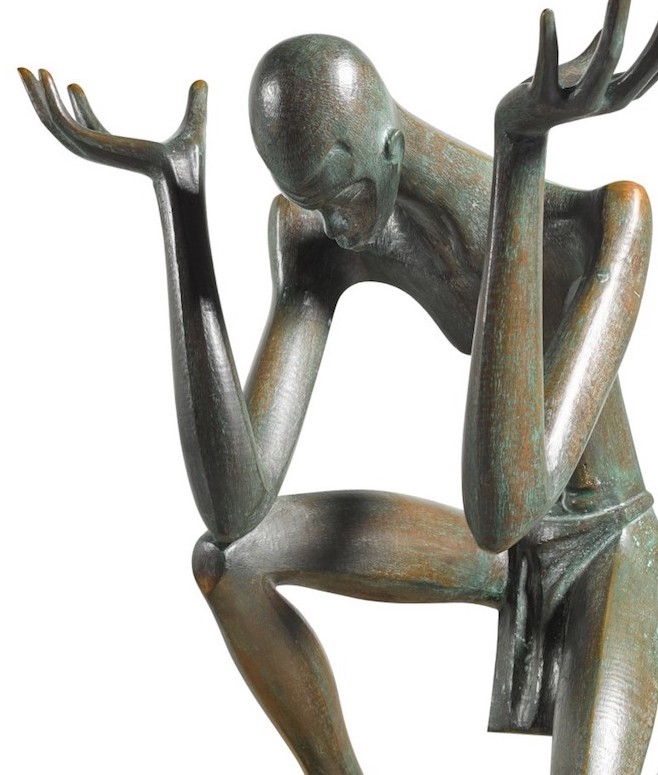
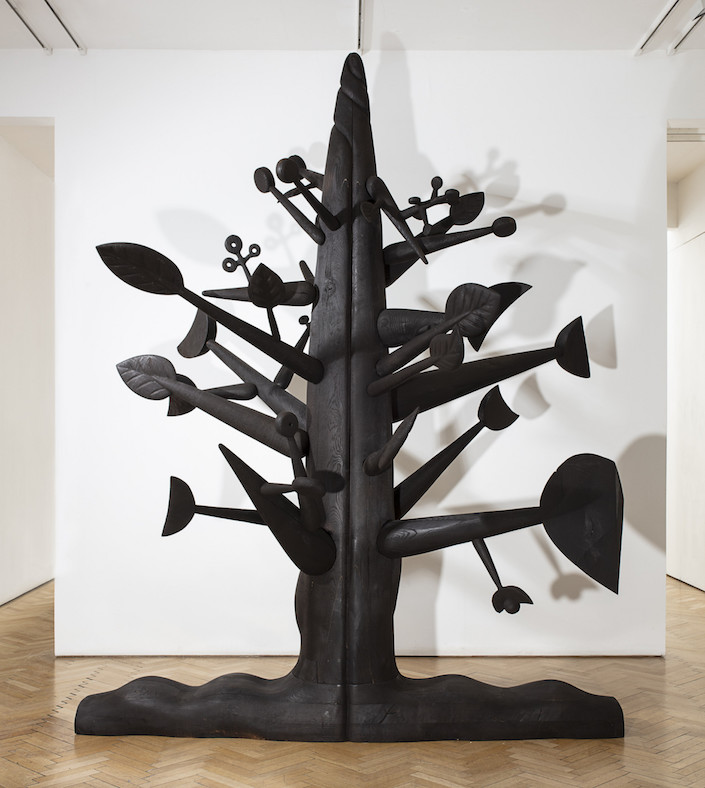
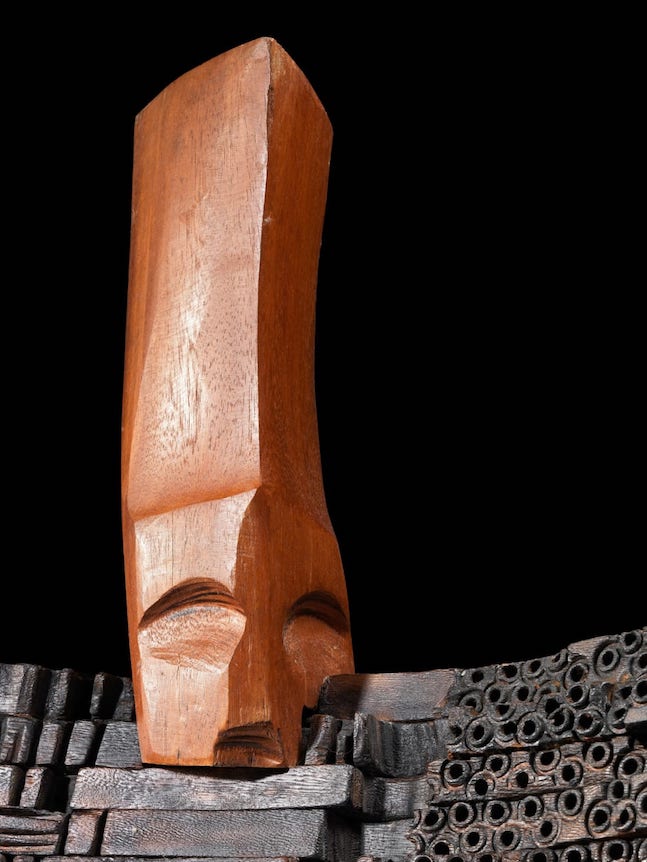
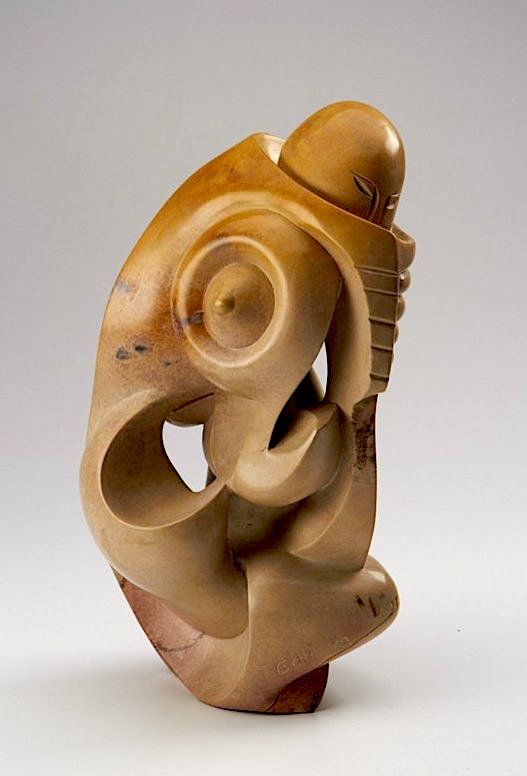
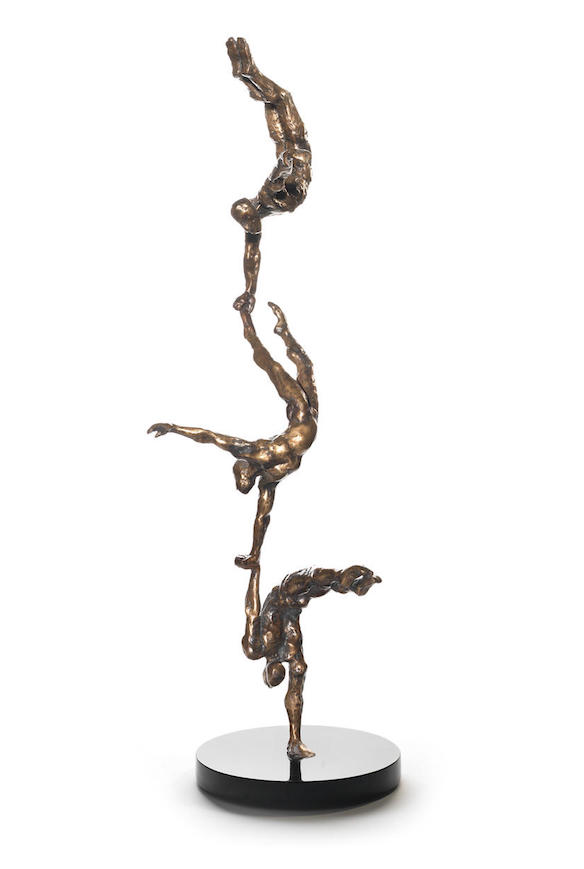
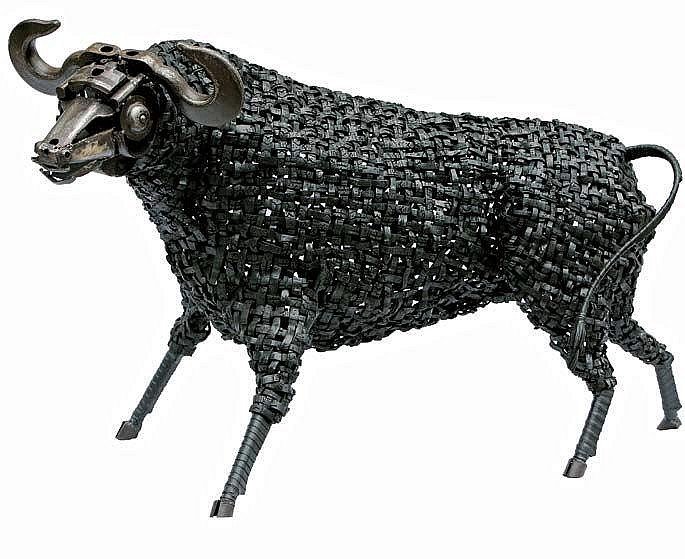
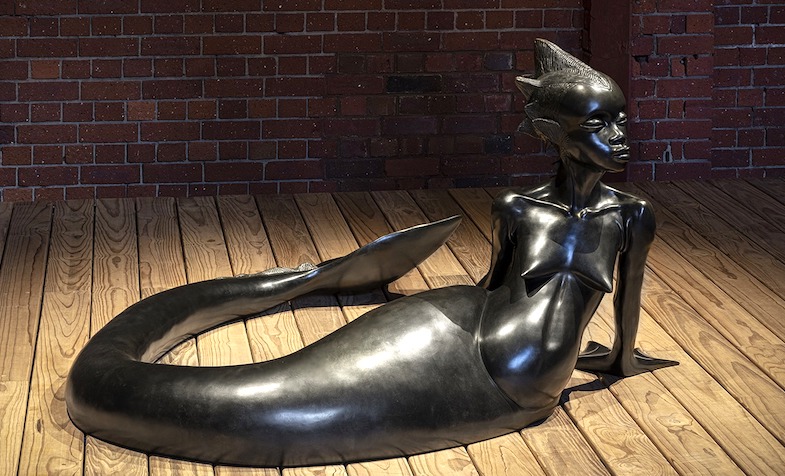
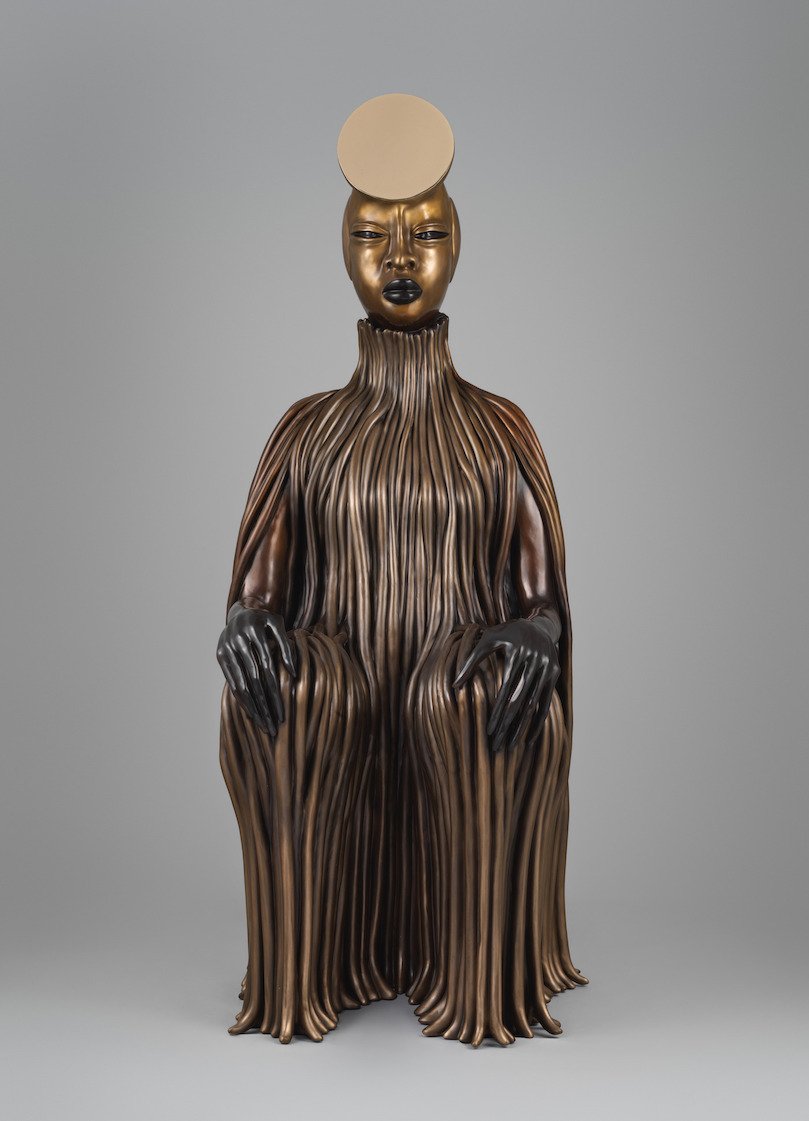
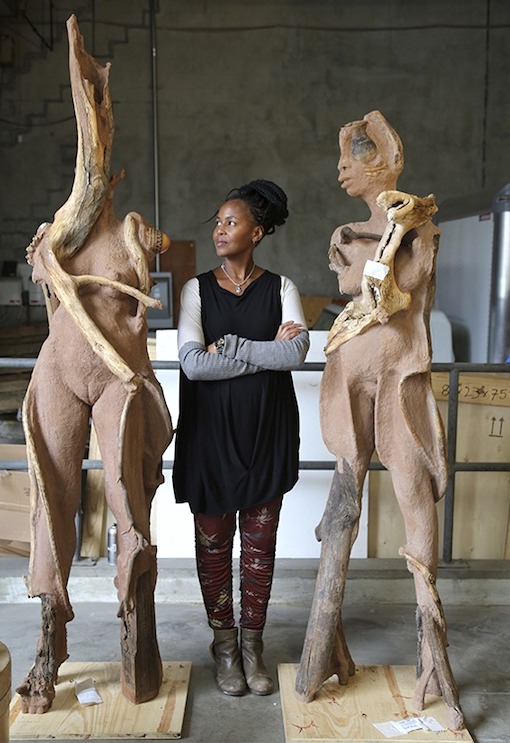
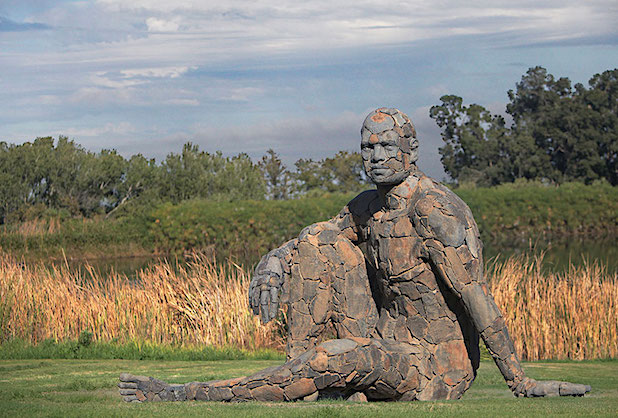
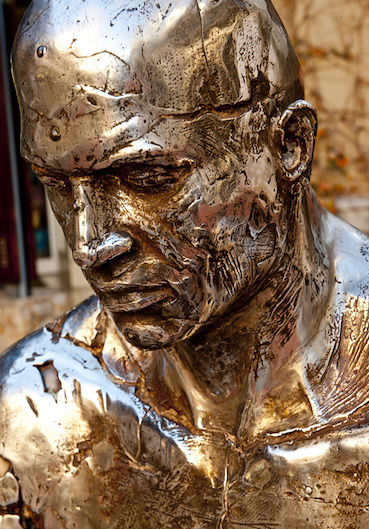
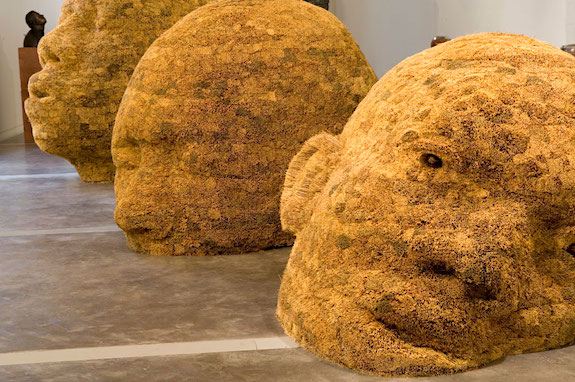
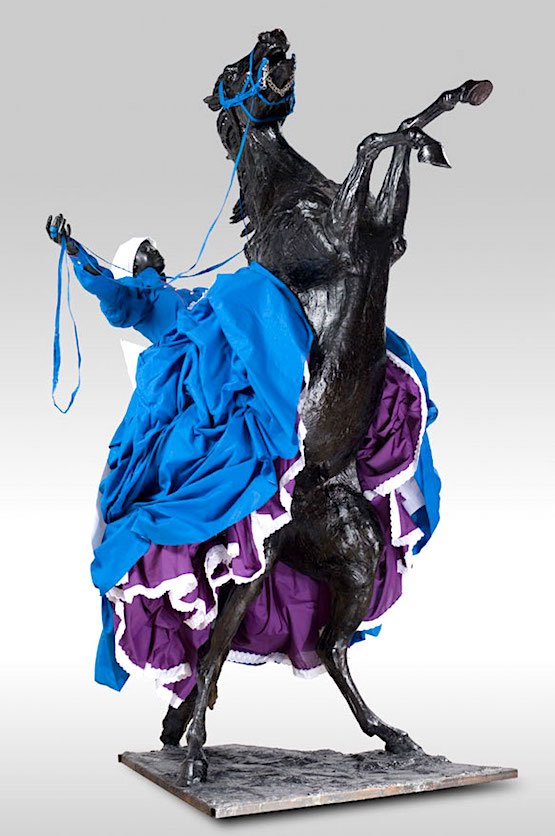
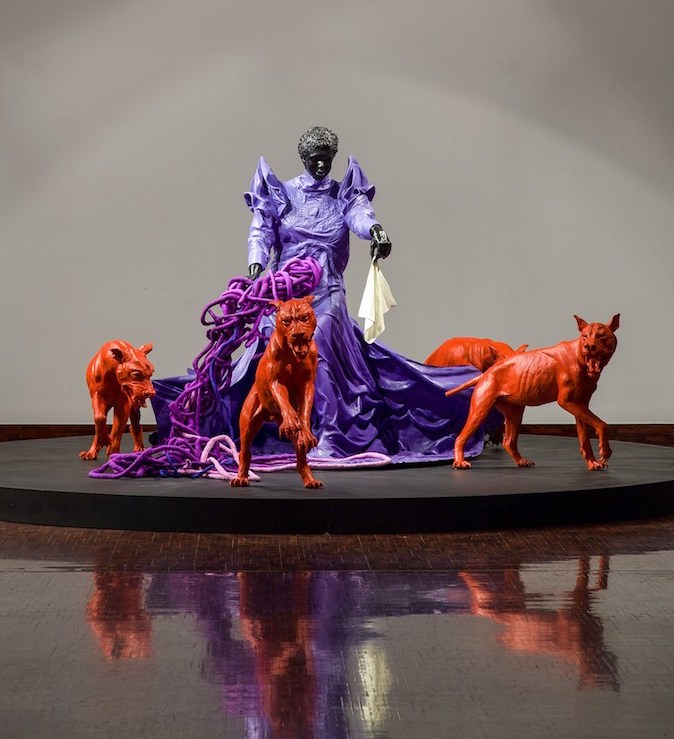
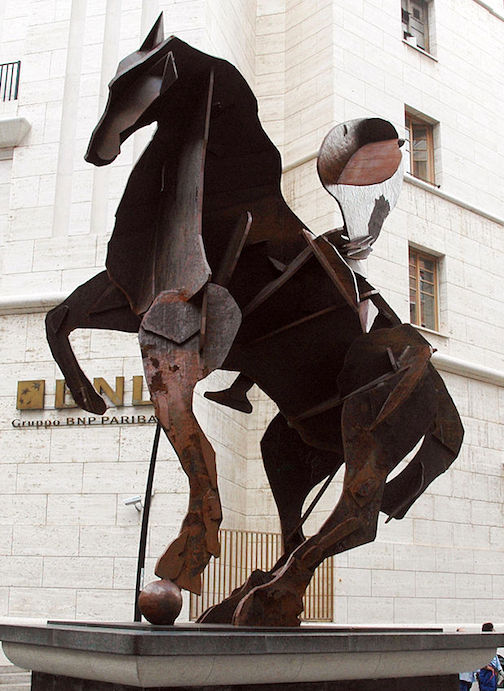
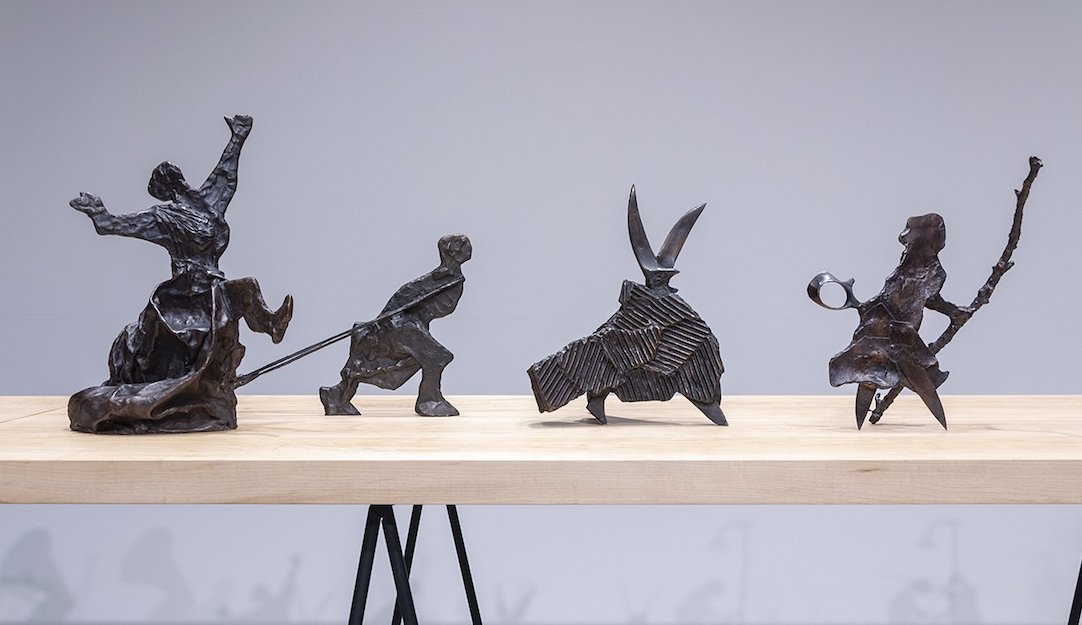
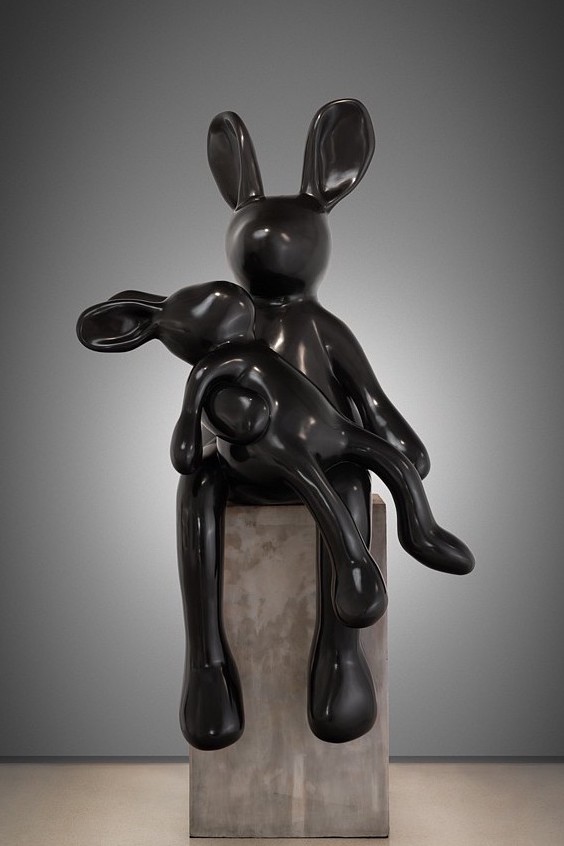
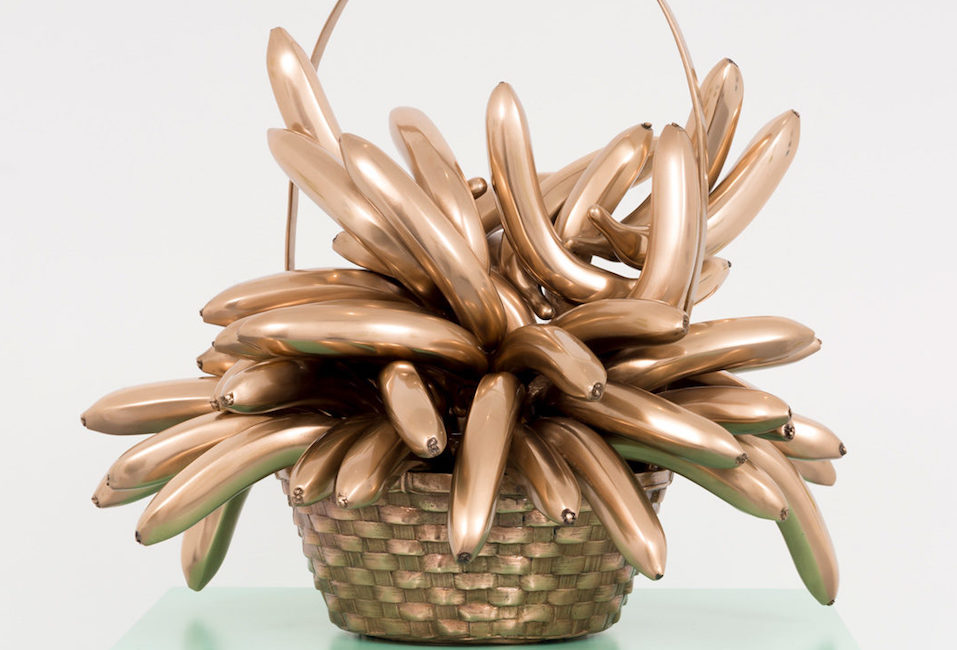
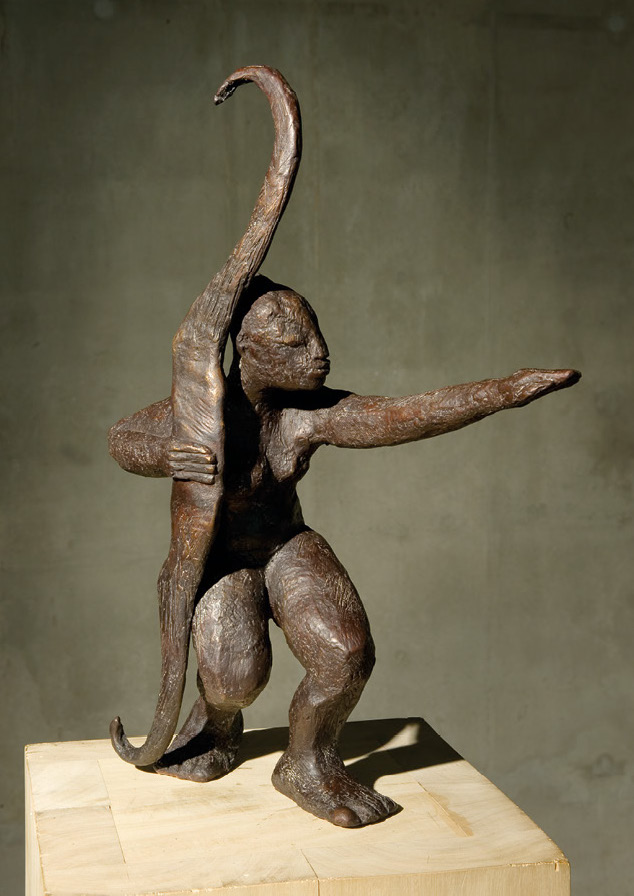
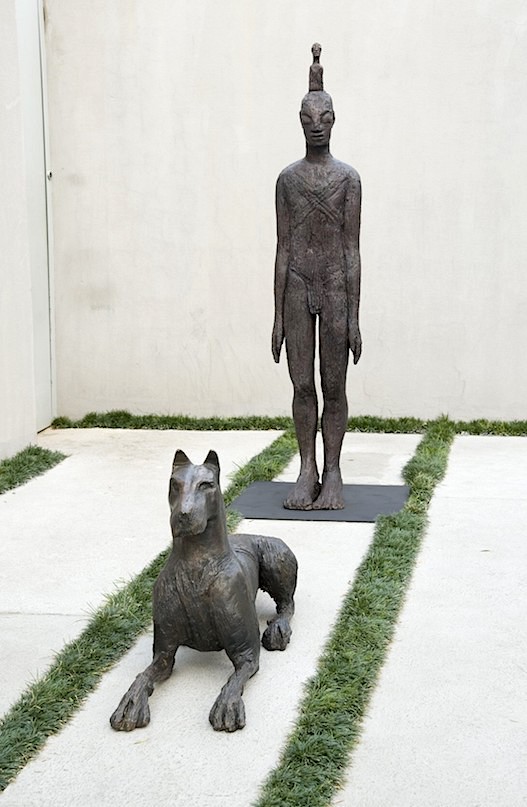
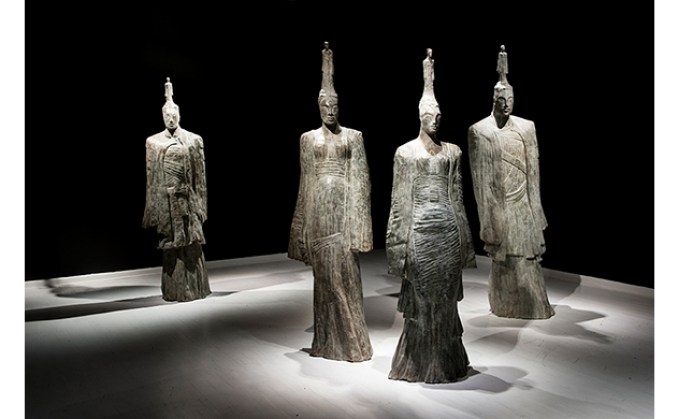
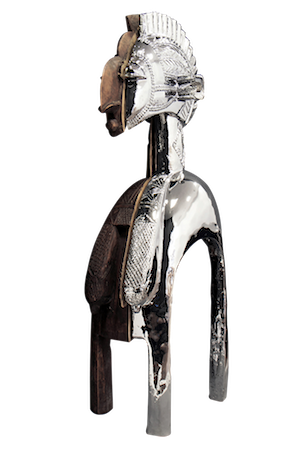
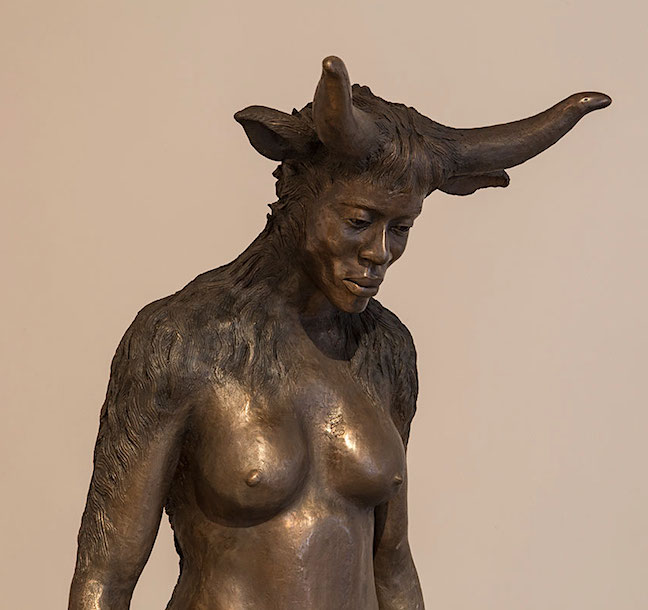
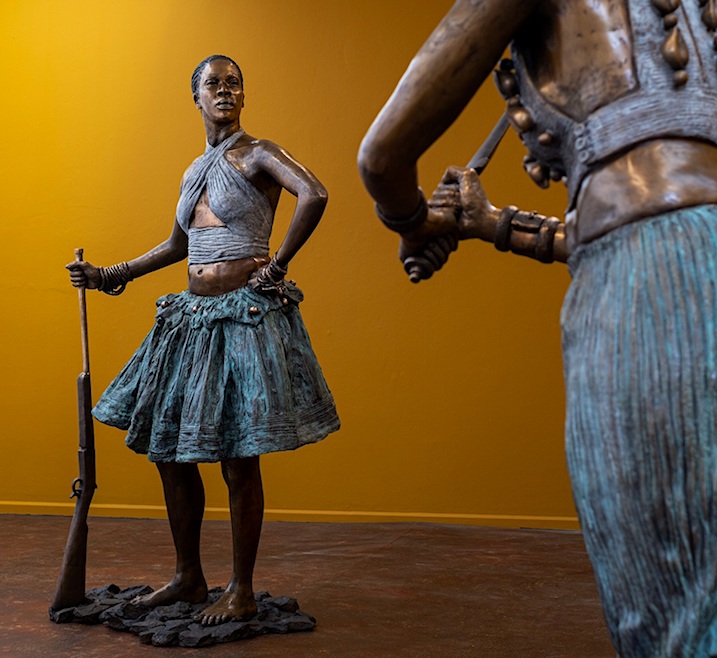
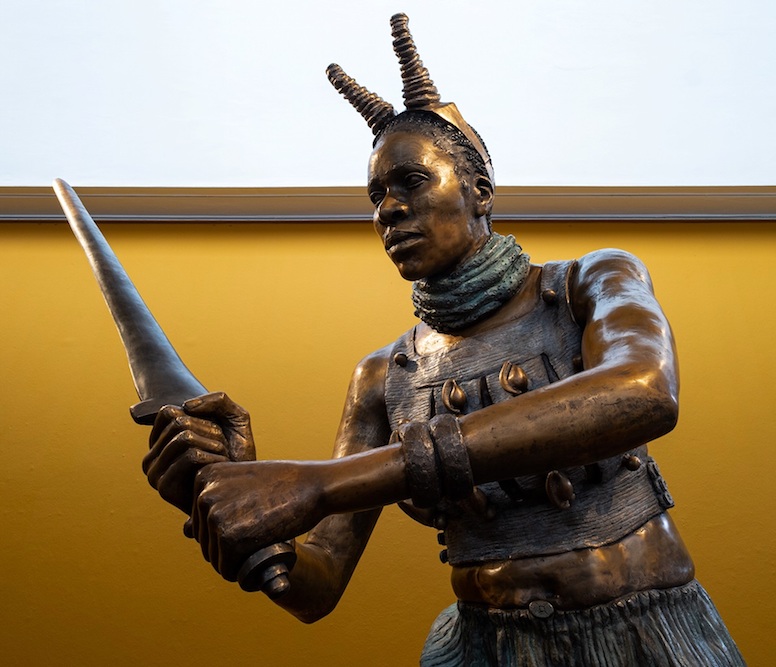
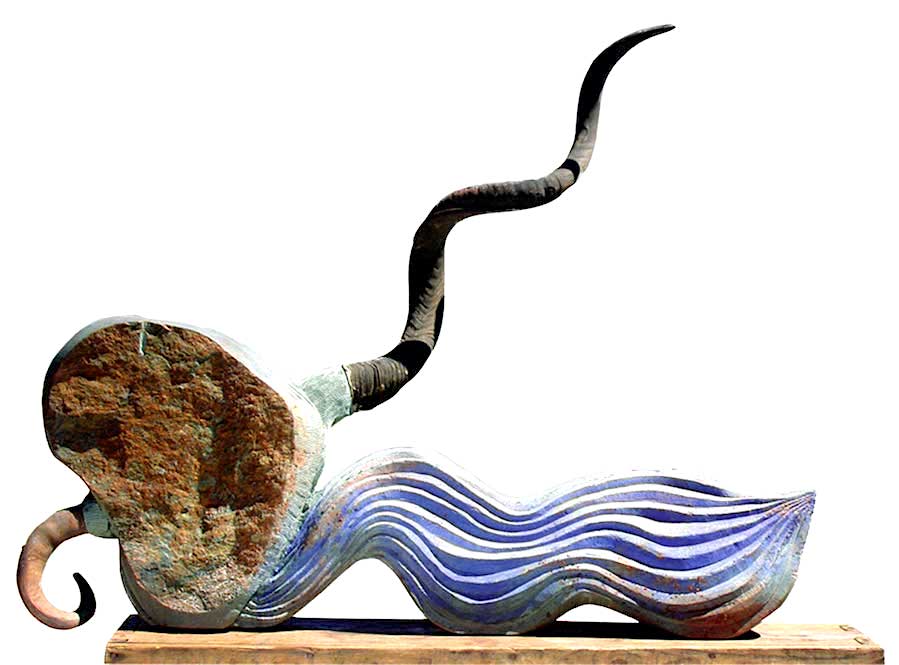
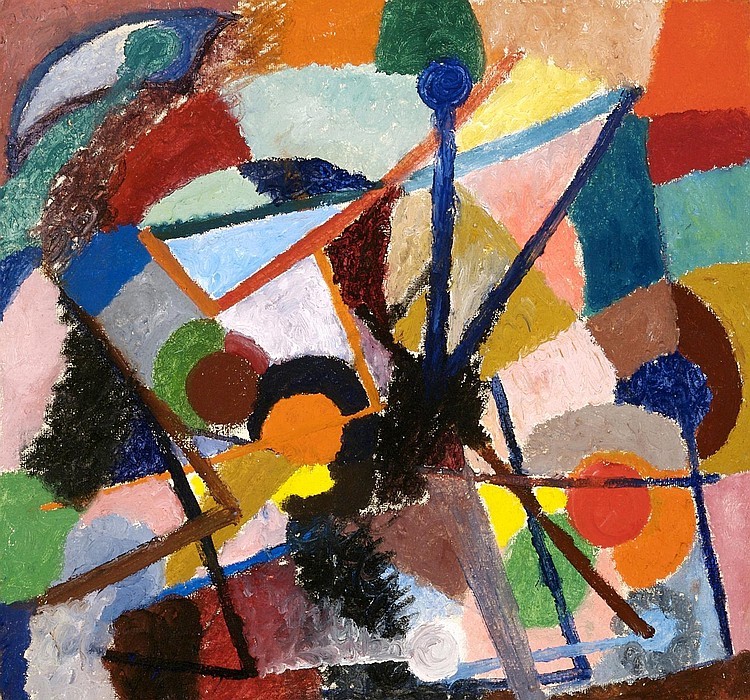
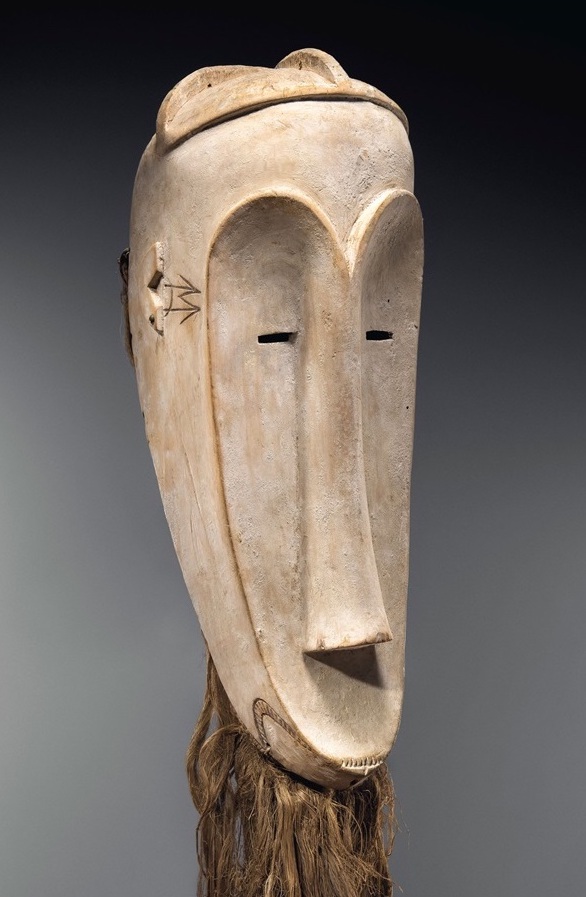

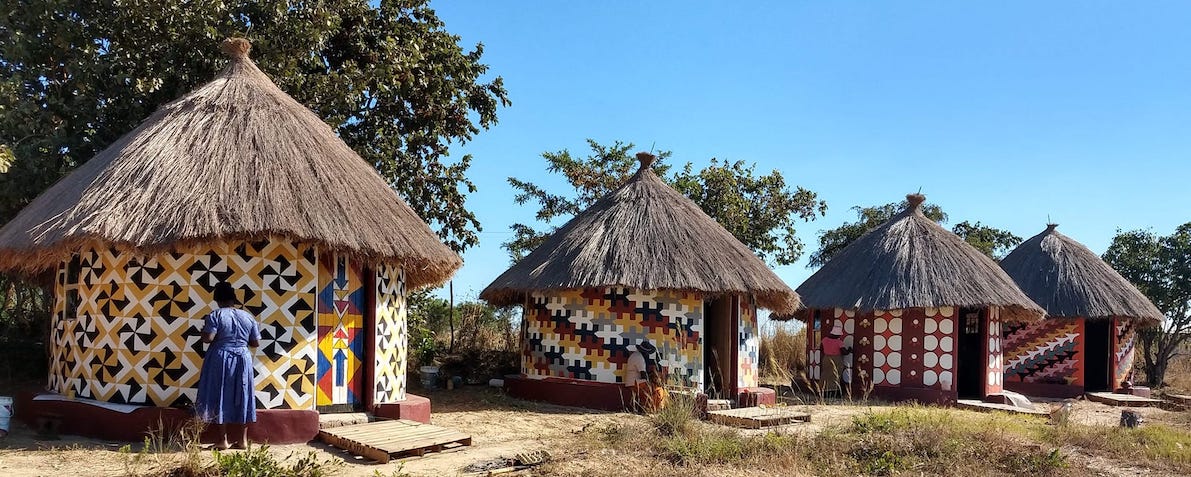
New! Comments
Have your say about what you just read! Leave me a comment in the box below.